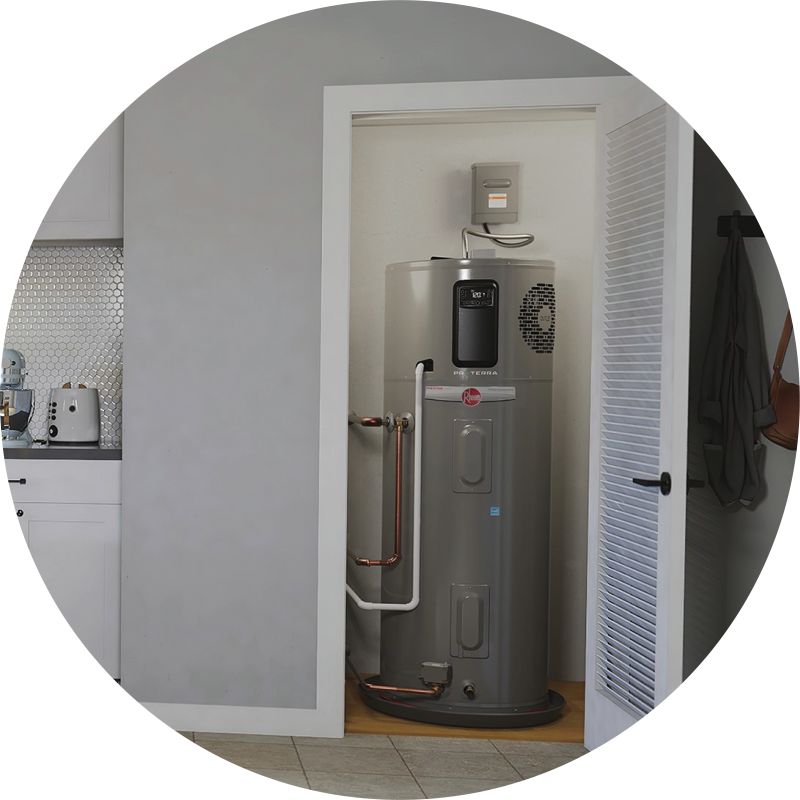Ensuring Longevity of Your Home's Hot Water System: Maintenance TipsUseful Techniques for Caring for Your Home's Hot Water System
Ensuring Longevity of Your Home's Hot Water System: Maintenance TipsUseful Techniques for Caring for Your Home's Hot Water System
Blog Article
How do you really feel with regards to Water Heater Maintenance Tips You Can't Afford to Forget?

Hot water is vital for day-to-day comfort, whether it's for a revitalizing shower or cleaning dishes. To ensure your warm water system runs effectively and lasts longer, regular maintenance is crucial. This post offers practical pointers and understandings on how to maintain your home's hot water system to stay clear of disruptions and expensive repair work.
Introduction
Preserving your home's warm water system might seem overwhelming, but with a few straightforward steps, you can guarantee it operates efficiently for several years to come. This guide covers every little thing from recognizing your warm water system to do it yourself upkeep tips and understanding when to call in professional help.
Importance of Preserving Your Warm Water System
Normal maintenance not only extends the life-span of your hot water system yet also ensures it runs efficiently. Overlooking maintenance can cause lowered efficiency, higher energy expenses, and also early failing of the system.
Signs Your Hot Water System Needs Maintenance
Recognizing when your warm water system requires focus can prevent major issues. Look out for signs such as inconsistent water temperature, strange noises from the heater, or rustic water.
Comprehending Your Hot Water System
Before diving right into upkeep jobs, it's helpful to understand the standard elements of your hot water system. Generally, this includes the hot water heater itself, pipelines, anode poles, and temperature controls.
Monthly Upkeep Tasks
Routine monthly checks can aid capture minor issues prior to they intensify.
Flushing the Hot Water Heater
Purging your water heater removes sediment build-up, enhancing effectiveness and lengthening its life.
Monitoring and Changing Anode Rods
Anode poles stop corrosion inside the container. Evaluating and changing them when worn is essential.
Inspecting and Adjusting Temperature Level Setups
Changing the temperature settings makes certain ideal performance and safety and security.
Do It Yourself Tips for Maintenance
You can perform numerous upkeep tasks yourself to maintain your warm water system in top problem.
Looking for Leaks
Routinely evaluate pipelines and connections for leakages, as these can cause water damage and greater costs.
Checking Pressure Alleviation Valves
Checking the pressure relief valve ensures it operates properly and avoids extreme pressure build-up.
Protecting Pipes
Protecting hot water pipelines decreases heat loss and can conserve energy.
When to Call a Specialist
While do it yourself maintenance is valuable, some problems call for professional expertise.
Facility Issues Calling For Expert Aid
Examples consist of major leaks, electric issues, or if your hot water heater is constantly underperforming.
Routine Specialist Maintenance Conveniences
Professional maintenance can consist of extensive inspections, tune-ups, and making sure compliance with security criteria.
Final thought
Normal maintenance of your home's warm water system is essential for efficiency, long life, and cost financial savings. By adhering to these suggestions and recognizing when to seek expert aid, you can guarantee a trusted supply of hot water without unforeseen disruptions.
Water Heater Maintenance Tips
Test the TPR Valve
Shut off the power and the cold-water supply valve. Place a bucket under the pipe connected to the temperature-pressure-release (TPR) valve on the top or side of the tank. (This valve opens if the tank pressure gets too high.) Lift the valve’s tab to let some water out, then let go. If water keeps flowing, drain the tank partway, unscrew the old valve with a pipe wrench, and install a new one. Check the Anode Rod
Put a hose to the tank’s drain cock and let out a few gallons of water. Now fit a 1 1/16-inch socket onto the rod’s hex head on top of the heater (or under its top plate) and unscrew the rod. If it’s less than ½ inch thick or coated with calcium, buy a new one, wrap its threads with Teflon tape, put it back in the tank, and tighten securely. Use this segmented rod if headroom above the tank is limited. Drain the Tank and Wash Out Sediment
Drain the remaining water in the tank into the bucket, then stir up the sediment on the tank’s bottom by briefly opening the cold-water supply valve. Drain and repeat until clean water comes out of the hose. Close the drain cock, refill the tank, and turn its power back on. Adjust the Temperature
Find the temperature dial on the side of the tank and unscrew its cover. Adjust the dial to 120 degrees using a flathead screwdriver. For every 10 degrees the temperature is lowered, you can expect to save up to 5 percent in energy costs. Turn the water heater off or the thermostat down to its lowest setting if you plan to be away from home for more than three days. Insulate the Pipes
Buy some self-sticking 3/8-inch-thick foam pipe insulation that matches the pipes’ diameter. Slide the foam over the hot-and cold-water pipes as far as you can reach. Insulating the cold-water pipe prevents condensation in summer. Peel the tape and squeeze the insulation closed. If the pipe is 6 inches or less from the flue, cover it with 1-inch-thick unfaced fiberglass pipe wrap. https://www.thisoldhouse.com/plumbing/21016402/how-to-maintain-a-water-heater

Do you enjoy reading up on Tips For Maintaining Your Hot Water Heater? Make feedback down the page. We will be delighted to know your thinking about this page. We are looking forward that you come back again later on. Are you aware of another individual who is inquisitive about the niche? Be sure share it. Bless you for being here. Return soon.
Explore Report this page